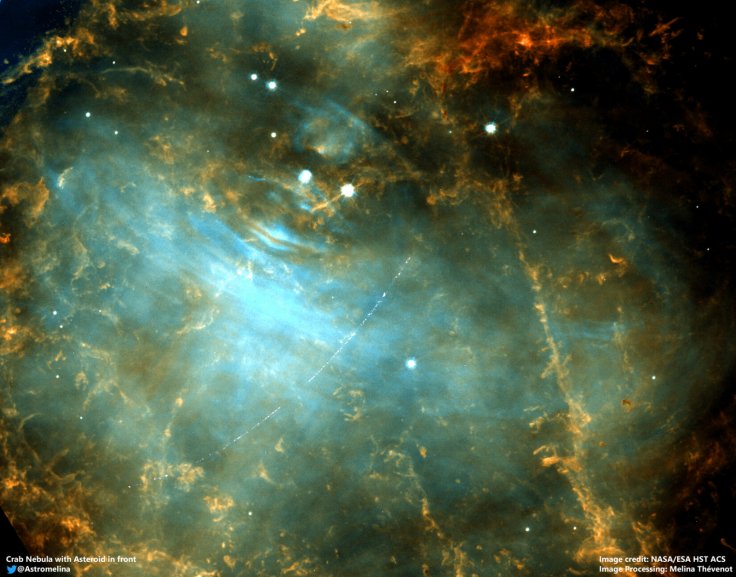
The Spitzer Space Telescope operated by NASA discovered a strange-looking nebula that resembles a jack-o'-lantern pumpkin. According to the space agency, the nebula's unique appearance was created by a star that's 20 times more massive than the Sun.
The object, which NASA referred to as the Jack-o-Lantern Nebula due to its appearance, is a massive cloud filled with cosmic dust and gas. NASA explained that the nebula recently went through major physical changes that were brought on by a massive star.
According to the agency, the star, which is significantly heavier than the Sun, emitted high levels of radiation that disrupted the flow of the nebula's cloud structure. In other words, the radiation caused the dust and gas within the nebula to flow outward, which then created dark pockets within the cloud. These pockets form the eyes and mouth of the cosmic Jack-o-Lantern Nebula.
The star responsible for these cosmic events appears as a bright white spot near the top of the nebula. Due to the appearance of the dark pockets within the nebula, NASA noted that the cloud looks like a hollowed-out pumpkin with a candle inside, which is a common decoration used during the Halloween season.

"A massive star — known as an O-type star and about 15 to 20 times heavier than the Sun — is likely responsible for sculpting this cosmic pumpkin," NASA explained in a statement. "A recent study of the region suggests that the powerful outflow of radiation and particles from the star likely swept the surrounding dust and gas outward, creating deep gouges in this cloud, which is known as a nebula."
The various colours that appear in Spitzer's photo represent the various infrared wavelengths that the space telescope detected. According to NASA, the most noticeable colours are red and green, which show the varying temperatures of the dust within the nebula. Other colours such as blue and yellow can also be spotted in Spitzer's latest image.
"Invisible to the human eye, three wavelengths of infrared light compose the multicolour image of the nebula seen here," NASA stated. "Green and red represent light emitted primarily by dust radiating at different temperatures, though some stars radiate prominently in these wavelengths as well. The combination of green and red in the image creates yellow hues. Blue represents a wavelength mostly emitted, in this image, by stars and some very hot regions of the nebula."









